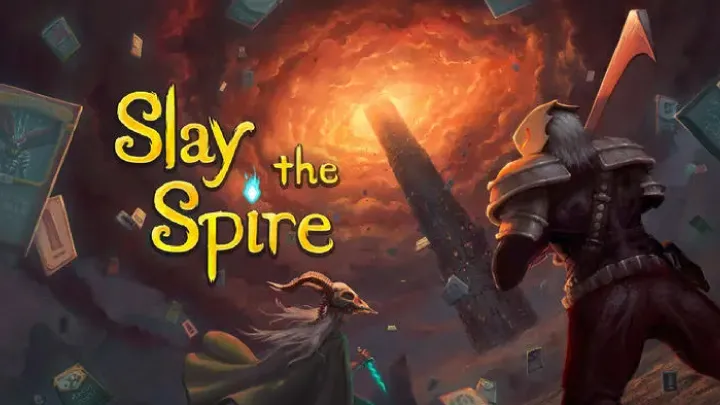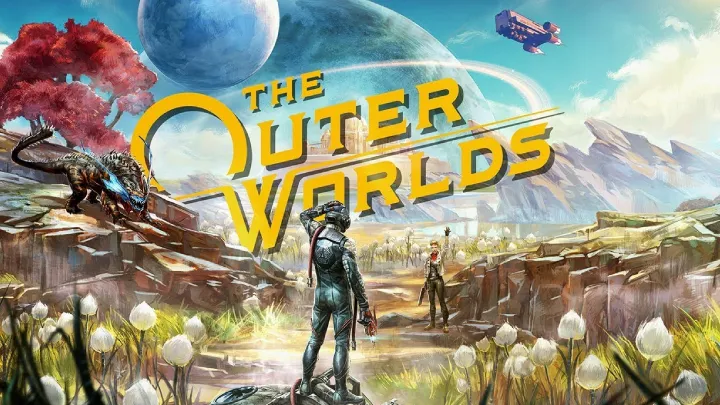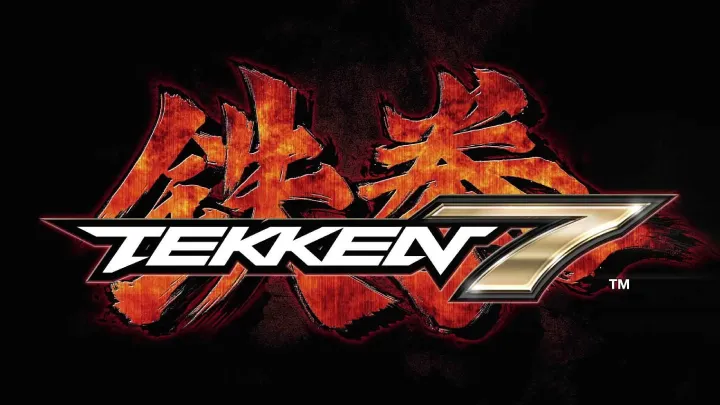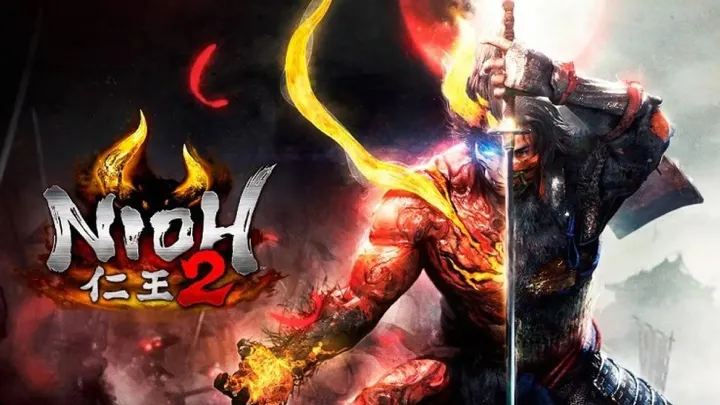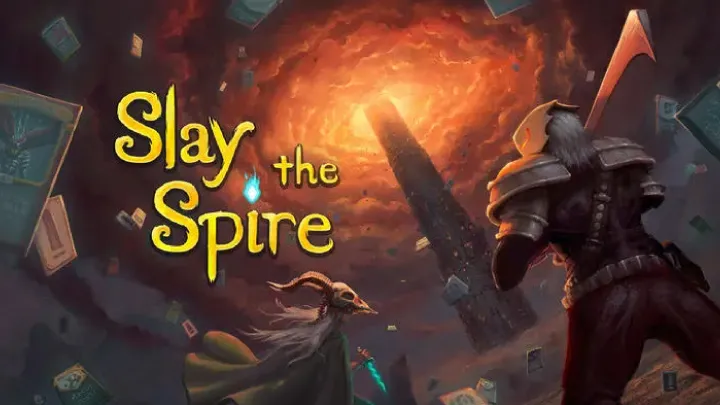
Introduction
Slay the Spire, developed by MegaCrit, has revolutionized the rogue-like deck-building genre since its release in early access in 2017 and its full launch in 2019. With its mix of strategic gameplay, procedurally generated levels, and a wide variety of characters and cards, it offers players countless pathways to victory. However, one specific challenge that many players encounter is achieving effective card synergy within their decks. While Slay the Spire provides a vast array of cards and relics, the complexity of optimizing for synergy can lead to inconsistent gameplay experiences, especially for newcomers. This article will delve into the intricacies of card synergy and deck building in Slay the Spire, exploring how they impact strategic decision-making, player engagement, and overall success in the game.
Understanding the Fundamentals of Deck Building
The Mechanics of Deck Building
At the core of Slay the Spire is the concept of building and refining a deck of cards as players ascend its roguelike towers. Each character offers a unique set of cards, and strategic selection is vital to success. Players start with a basic deck but can acquire new cards, remove ineffective ones, and make choices about their deck composition as they progress.
Types of Cards
Cards in Slay the Spire can be categorized into three primary types:
- Attack Cards: Used to deal damage to enemies.
- Skill Cards: These offer defensive capabilities or utility effects, like drawing additional cards or manipulating the deck.
- Power Cards: These cards provide ongoing effects that can significantly influence gameplay when the right conditions are met.
Understanding how these categories interact is essential for creating a deck that functions effectively.
The Importance of Card Synergy
What is Card Synergy?
Card synergy refers to the interaction and compatibility between cards within a deck that enhances overall effectiveness. Synergistic cards complement each other’s strengths and can lead to powerful combinations or strategies that significantly improve the chances of success against challenging enemies.
Examples of Synergetic Relationships
Some classic examples of synergy in Slay the Spire include:
- Strength and Attack Cards: Cards that generate Strength, like "Demon Form," can synergize extraordinarily well with heavy-hitting attack cards, allowing for massive damage output.
- Block and Retain Mechanics: Cards that generate block and have Retain properties can protect players while allowing them to keep essential cards for future turns.
- Card Draw Synergy: Cards that increase card draw can create opportunities for powerful sequences, maximizing damage or defense in single turns.
Recognizing synergies is pivotal in maximizing your deck's potential, crafting strategic combinations that exploit enemies’ weaknesses effectively.
The Complexity of Building a Succesful Deck
The Challenge of Choice
As players traverse the levels of Slay the Spire, they often face critical decisions regarding which cards to add to their deck and which to remove. With numerous options available, the choice dilemma can become overwhelming, particularly given that players cannot always predict how each card will perform together.
The Pitfalls of Over-Specialization
Focusing too heavily on a single synergy or strategy can be detrimental. Players might build a deck that relies too much on a specific mechanic, leading to vulnerabilities against enemies that counter that approach. This over-specialization issue can result in significant challenges, especially during boss fights or difficult enemy encounters.
Managing Deck Size and Optimization
The Dilemma of Deck Size
In Slay the Spire, managing the size of one’s deck becomes a gameplay strategy in itself. A larger deck can dilute the effectiveness of powerful cards, making it challenging to draw synergetic combinations. Conversely, a highly streamlined deck can lead to repetitive gameplay that lacks variety.
Strategies for Optimization
To optimize deck performance, players often adopt several strategies:
- Card Removal: Prioritize removing weaker cards that don’t contribute to your strategy.
- Balancing Card Types: Maintain a balance of attack, skill, and power cards to ensure versatility in combat.
- Modular Builds: Experiment with decks that allow for adaptable strategies, enabling players to counter a variety of opponents effectively.
Drawing from these strategies encourages a more engaging and dynamic approach to deck building.
The Influence of Relics on Synergy
Understanding Relics
Relics are critical elements in Slay the Spire that grant powerful effects and can significantly influence gameplay. From boosting specific card types to enhancing general mechanics, relics play a substantial role in shaping a deck’s effectiveness.
Synergy Between Cards and Relics
When constructing a deck, the optimal synergy between cards and relics can be the key to victory. For example, if a player acquires a relic like "Frozen Egg," which upgrades skill cards when picked up, they can focus on building a skill-based deck with higher defensive capabilities, enhancing overall synergy.
Risk of Reliance on Relics
While relics can bolster synergies, reliance on them poses certain risks. If a player heavily depends on a relic to make a specific synergy work, the absence of that relic (whether due to accidental loss or failure to acquire it) can lead to disastrous results. Balancing the use of relics with intrinsic synergies in the card deck remains essential.
Analyzing the Meta: Current Trends in Deck Building
Player Strategies and Deck Trends
The evolving meta in Slay the Spire reflects shifting strategies adopted by players as they discover new synergies and optimal builds. This dynamic landscape can shape the way that players experience the game, providing fresh challenges with each update.
Dominant Tier Lists
Many players turn to tier lists that showcase the most effective cards and synergies based on community feedback and competitive play. Cards that consistently rank highly in these lists can lead to homogenized deck-building strategies, potentially undermining the diversity of gameplay experiences.
Fostering Innovation
To circumvent the pitfalls of a stagnating meta, players are encouraged to explore unconventional builds and less favored cards. Innovation in deck-building can rejuvenate the gameplay experience, encouraging players to experiment with unique synergies and strategies that suit their play style.
The Role of Community Engagement
Community Resources and Guides
The Slay the Spire community has developed a plethora of resources, including wikis, forums, and Twitch streams, to share knowledge about card synergies and deck-building strategies. This collective intelligence enables players to learn from each other’s experiences, refining their approaches in the game.
The Importance of Collaboration
Engaging with the community allows players to experiment beyond their own limitations. Discussions often lead to revelations about overlooked cards or unorthodox strategies that can redefine successful deck building, fostering a culture of collaboration.
The Impact of Frequent Updates and Patches
Maintaining Balance Over Time
One of the notable aspects of Slay the Spire is its commitment to periodic updates and patches. These adjustments can introduce new cards, relics, and mechanics that may enhance or disrupt existing synergies.
Player Responses to Changes
Changes in balance can polarize the community. When updates introduce new cards or nerf existing ones, players often find themselves re-evaluating their favorite strategies. This reaction illustrates the dynamic nature of deck building, as concepts of synergy must adapt to the evolving landscape.
Reflections on the Future of Slay the Spire
Implications for New Content
As Slay the Spire continues to receive content updates, the opportunity to introduce fresh cards and mechanics opens doors for innovative synergies. Developers must maintain a careful balance, ensuring that new content enhances existing gameplay without overpowering established synergies.
Community Collaboration with Developers
Fostering collaboration between players and developers can yield mutual benefits. Insightful feedback can help guide the direction of game updates, ensuring that players’ experiences remain engaging and balanced.
Conclusion
Slay the Spire offers a rich and intricate experience, intertwining card synergies with deck-building dynamics. While the complexities of achieving effective card synergy pose challenges for players, they also enhance the depth and engagement of gameplay. Through community engagement, careful observation of mechanics, and a commitment to innovation, players can navigate the intricacies of deck-building while enjoying the thrill of exploring new strategies. As the game continues to evolve, ongoing dialogue surrounding balance and synergy will be crucial for maintaining the vibrant community and captivating experience that has made Slay the Spire a beloved title in the rogue-like genre.










